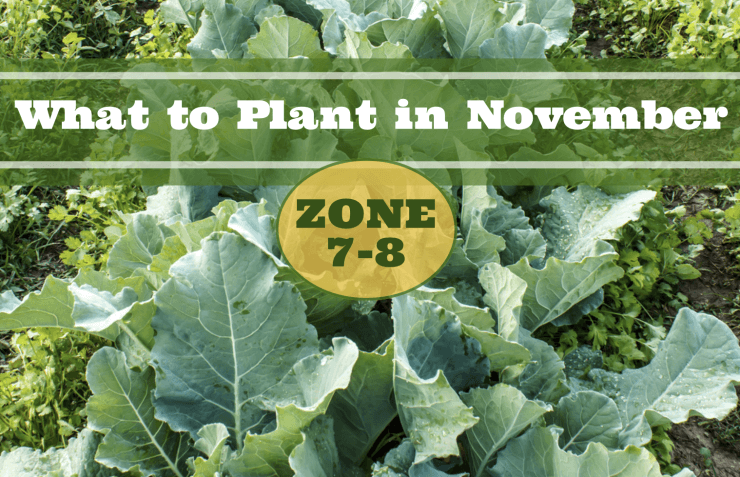
In zones 7-8, November isn’t just about preparing for dormancy; it’s about strategic planting that capitalizes on nature’s transitional rhythm. The gradual cooling acts like a starting gun for cool-season crops, signaling them to establish strong root systems before the more challenging winter months. Meanwhile, the still-warm soil provides an ideal nursery for cover crops, setting the stage for soil enrichment that will pay dividends in spring.
With first frost dates typically ranging from mid-October to mid-November, these zones offer an extended growing window. Soil temperatures remain conducive to root growth well into winter, often staying above 40°F (4°C) in the top 4 inches. This phenomenon, known as soil temperature lag, creates a golden opportunity for both cool-season crops and cover crops.
For cool-season vegetables, the gradually declining temperatures trigger a fascinating process called cold acclimation. This involves biochemical changes that increase the plants’ frost tolerance, often resulting in sweeter, more flavorful produce. Kale, for instance, converts starches to sugars in response to cold, acting as a natural antifreeze and improving taste.
Cover crops in zones 7-8 play a dual role. They protect the soil from erosion during winter rains and continue to grow, albeit slowly, throughout the mild winters. This ongoing growth means they’re actively sequestering carbon and building soil organic matter even as deciduous trees lie dormant.
Perhaps most excitingly, the milder winters of zones 7-8 allow for a practice called relay cropping. This involves planting a spring crop into a standing winter cover crop before the cover crop is terminated. This maximizes land use efficiency and can significantly boost overall garden productivity.
Let’s explore the specific crops and techniques that will help you make the most of your zone 7-8 November garden.
Cool-Season Edibles for November Planting
In zones 7-8, November offers a cornucopia of planting possibilities. Here are some stars for your late fall food garden:
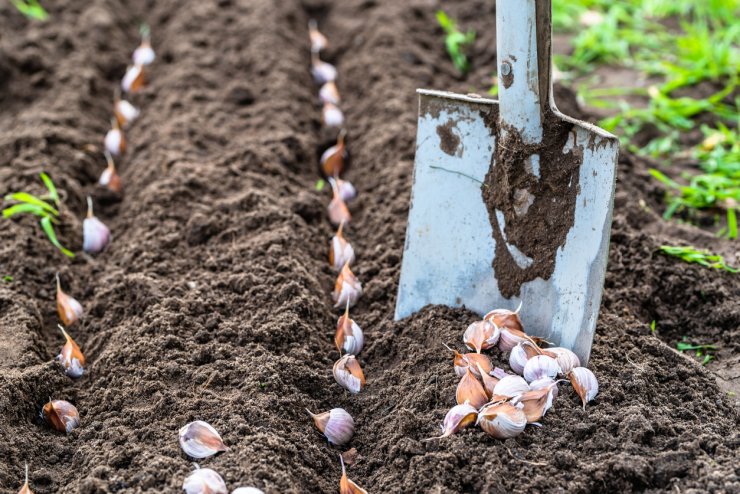
1. Garlic
While garlic is a staple for fall planting in colder zones, it truly shines in zones 7-8. The extended growing season allows for larger bulbs and potentially earlier harvests. Both hardneck and softneck varieties do well here.
Plant cloves 2-4 inches deep and 4-6 inches apart, with the pointy end up. Try varieties like ‘Silver White’ for softnecks or ‘Russian Red’ for hardnecks. In these milder zones, you might even be able to harvest green garlic in late winter before the bulbs fully form.
Learn more about growing garlic in our Garlic Gardening Guide.
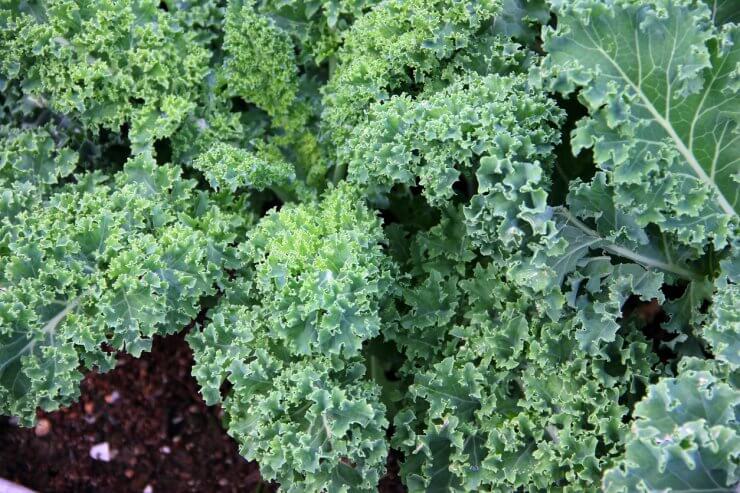
2. Leafy Greens
November is prime time for planting a variety of leafy greens in zones 7-8. Try these options:
- Lettuce: Sow seeds of cold-hardy varieties like ‘Winter Density’ or ‘Rouge d’Hiver’. Learn more about growing lettuce in our Lettuce Gardening Guide.
- Spinach: ‘Bloomsdale Long Standing’ or ‘Tyee’ are excellent choices. Learn more about growing spinach in our Spinach Gardening Guide
- Kale: ‘Lacinato’ (Dinosaur Kale) or ‘Redbor’ will provide harvests all winter. Learn more about growing kale in our Kale Gardening Guide.
- Collards: ‘Champion’ or ‘Georgia’ are time-tested varieties for the South.
Plant these greens 1/4 inch deep and 2-4 inches apart, thinning as they grow. With minimal protection, you can harvest fresh salads throughout winter.
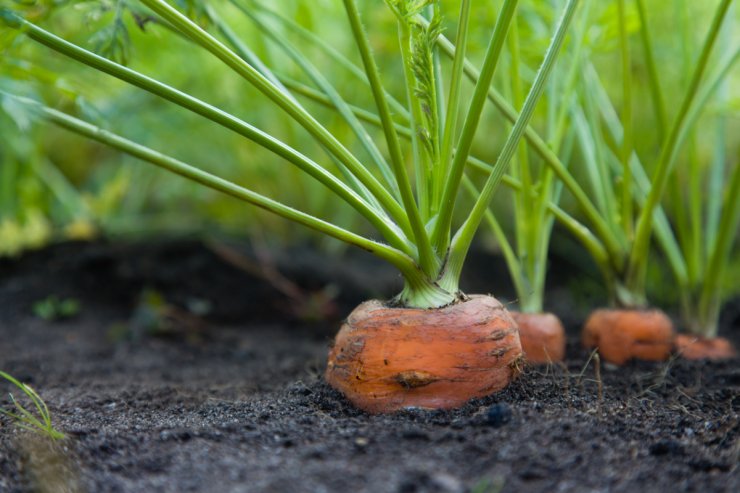
3. Root Vegetables
The warm soil and cool air of November in zones 7-8 create ideal conditions for root vegetable development:
- Carrots: Try ‘Napoli’ or ‘Mokum’ for sweet winter harvests. Learn more about carrots in our Carrots Gardening Guide.
- Radishes: Quick-growing ‘Cherry Belle’ or the unique ‘Watermelon’ radish do well. Learn more about radishes in our Radishes Gardening Guide.
- Turnips: ‘Purple Top White Globe’ or ‘Golden Globe’ are good choices.
Sow these directly in the garden, planting seeds 1/4 to 1/2 inch deep and thinning as they grow.

4. Onions
Believe it or not, certain onion varieties can be planted in fall for an earlier harvest next year. Look for short-day onion varieties like ‘Yellow Granex’ or ‘Red Creole’. Plant sets (small bulbs) about 1 inch deep and 4-6 inches apart. They’ll establish roots before winter and be ready to surge into growth come spring.
Learn more about growing onions in our Onions Gardening Guide.
The Power of Cover Crops
Cover crops are just as crucial in zones 7-8 as in colder regions, offering soil protection and improvement. Here are top choices for November planting if you’re looking to put a blanket on your garden for the winter.
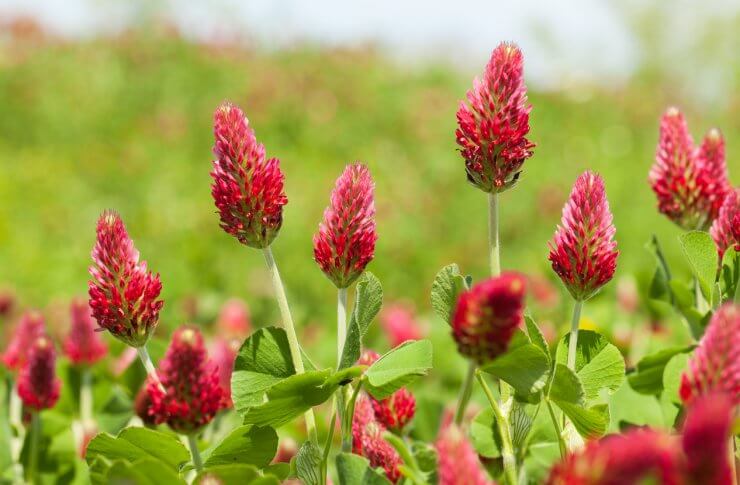
1. Crimson Clover
Crimson clover (Trifolium incarnatum) is a showstopper in the cover crop world, offering both functionality and beauty. In zones 7-8, it can be planted throughout November, ideally when soil temperatures are between 40°F and 70°F (4°C to 21°C). Sow seeds 1/4 inch deep and 1/2 inch apart, or broadcast at a rate of about 1/2 pound per 500 square feet. This legume is a nitrogen-fixing powerhouse, capable of adding up to 100 pounds of nitrogen per acre to your soil. Its deep root system helps prevent erosion and improve soil structure. Come spring, the vibrant red blooms are not only a feast for the eyes but also a crucial early food source for pollinators. In zones 7-8, crimson clover often survives the winter, providing continuous soil coverage. Before it sets seed in late spring, it can be mowed and left as a nutrient-rich mulch or tilled into the soil as green manure.
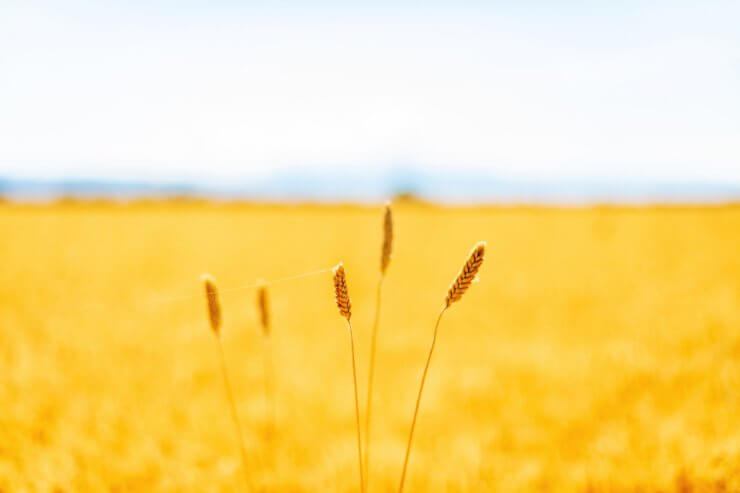
2. Cereal Rye
Cereal rye (Secale cereale) is the cold-hardy champion of cover crops, making it an excellent choice for zones 7-8 where it will continue to grow throughout the mild winters. Plant rye seeds 1-2 inches deep and 1 inch apart, or broadcast at a rate of 1 pound per 500 square feet. Rye’s rapid germination and growth make it exceptional at suppressing weeds and preventing soil erosion. Its extensive root system, which can reach depths of 5 feet or more, is highly effective at breaking up compacted soils and scavenging nutrients that might otherwise leach away during winter rains. In zones 7-8, rye will typically survive the winter and resume vigorous growth in early spring. This presents an opportunity for biomass accumulation, but also means you’ll need to plan for termination before spring planting. Rye can be mowed and left as mulch, crimped, or tilled under. Be aware that rye is allelopathic, meaning it produces compounds that can inhibit the growth of other plants, so allow 2-3 weeks between termination and planting your spring crops.
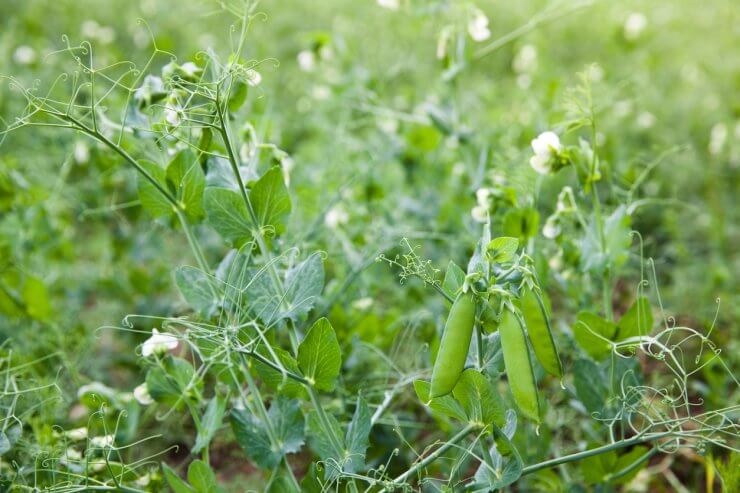
3. Austrian Winter Peas
Austrian winter peas (Pisum sativum subsp. arvense) offer a unique combination of soil improvement and potential food production. In zones 7-8, plant these peas in November when soil temperatures are between 40°F and 60°F (4°C to 16°C). Sow seeds 1-2 inches deep and 2 inches apart, or broadcast at a rate of 2-4 pounds per 1000 square feet. Like other legumes, winter peas fix nitrogen, potentially adding 90-150 pounds of nitrogen per acre to your soil. Their succulent growth provides excellent weed suppression and erosion control. One of the exciting aspects of winter peas in zones 7-8 is the potential for a dual-purpose crop. In late winter or early spring, you can harvest the tender shoots for fresh eating – they’re delicious in salads or stir-fries. After harvesting shoots, allow the plants to regrow before terminating them as you would other cover crops. Winter peas are relatively easy to incorporate into the soil compared to some other cover crops, breaking down quickly to release their stored nutrients.
November Garden Chores for Zones 7-8
While planting, don’t forget these important tasks:
- Plant bare-root fruit trees and berry bushes.
- Mulch perennial vegetables and herbs to protect from occasional freezes.
- Clean up fallen fruit and leaves to prevent pest and disease issues.
- Protect citrus trees if you’re in the warmer parts of zone 8 and can grow citrus.
- Set up cold frames or low tunnels for season extension.
- Prune berry canes after they’ve gone dormant.
- Apply compost to garden beds to enrich soil over winter.
By embracing November planting in zones 7-8, you’re not just extending your growing season – you’re participating in a sophisticated dance of plant biology, soil ecology, and climate adaptation. Your efforts now will reward you with fresh produce through winter and a garden primed for explosive growth come spring.
What’s your November garden strategy? Are you focusing on winter vegetables, cover crops, or both? Share your plans and experiences in the comments below!


 Previous
Previous


What to do for asparagus now in the Northwest?
In the fall I typically do not cut back my asparagus but I always add a heavy layer of mulch to protect it over the winter.